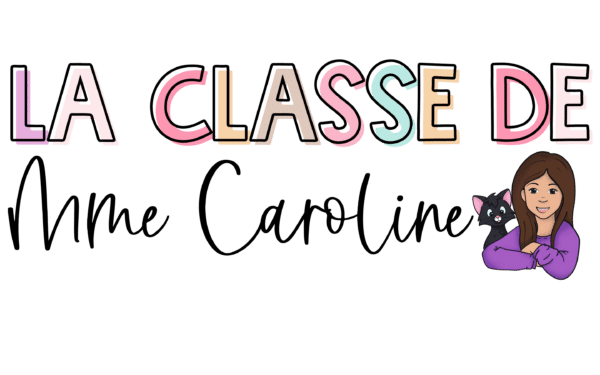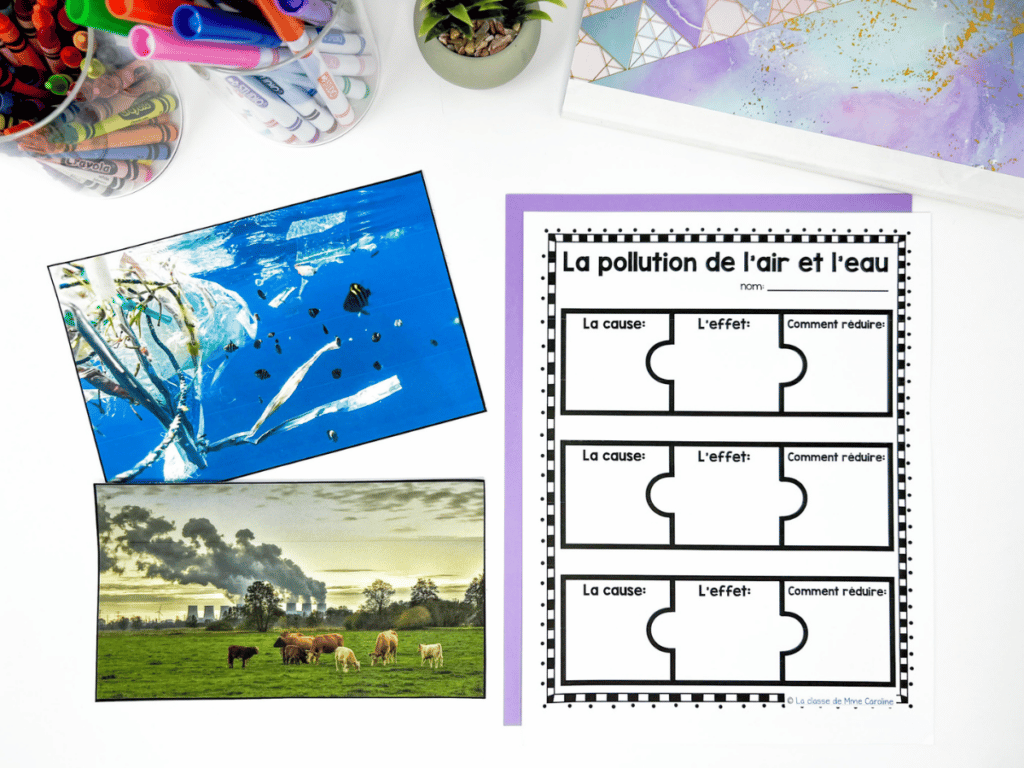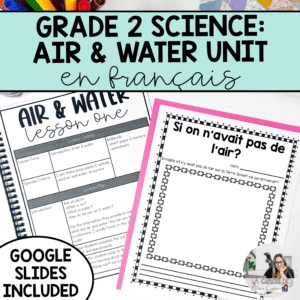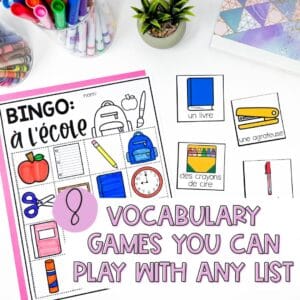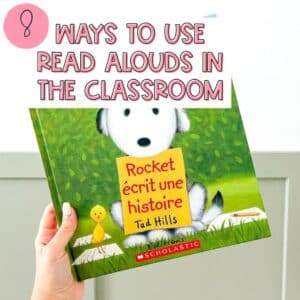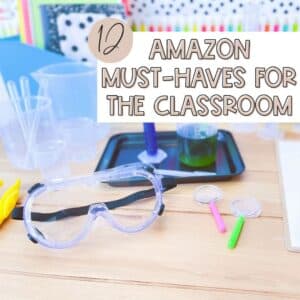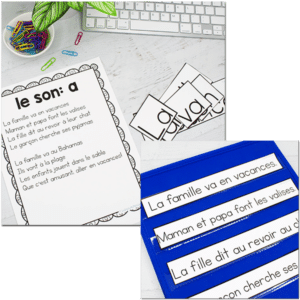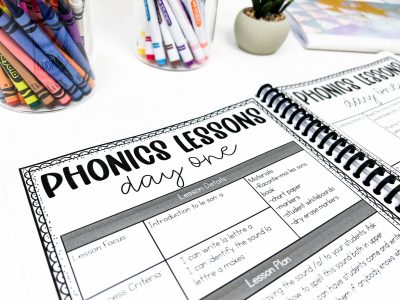When it comes to science units, nothing is better than reinforcing concepts with engaging air and water experiments! That’s why I wanted to share a few experiments you could use with your air and water in the environment unit. These science experiments require limited materials and can be completed in just a few steps, so you don’t have to worry about using hours of prep!
Air and Water Experiment 1: States of Water
For this air and water in the environment experiment, you’ll need a kettle and water. Be sure to put your mirror in the freezer, so it’s nice and chilly for this experiment.
Then, you’ll want to follow these steps:
- Add water to the kettle and let it boil. Steam will start to come out of the kettle as the water boils. Ask students to notice what is happening.
- As the water is boiling, hold the mirror above the steam. The water will turn back into droplets once it hits the cold, frozen mirror.
- Discuss with students what is happening. Then, make the connection between this experiment and the water cycle. As water sources are heated, it evaporates into the sky. Because the atmosphere is much colder, that evaporation turns back into water droplets – which eventually become rain or snow.
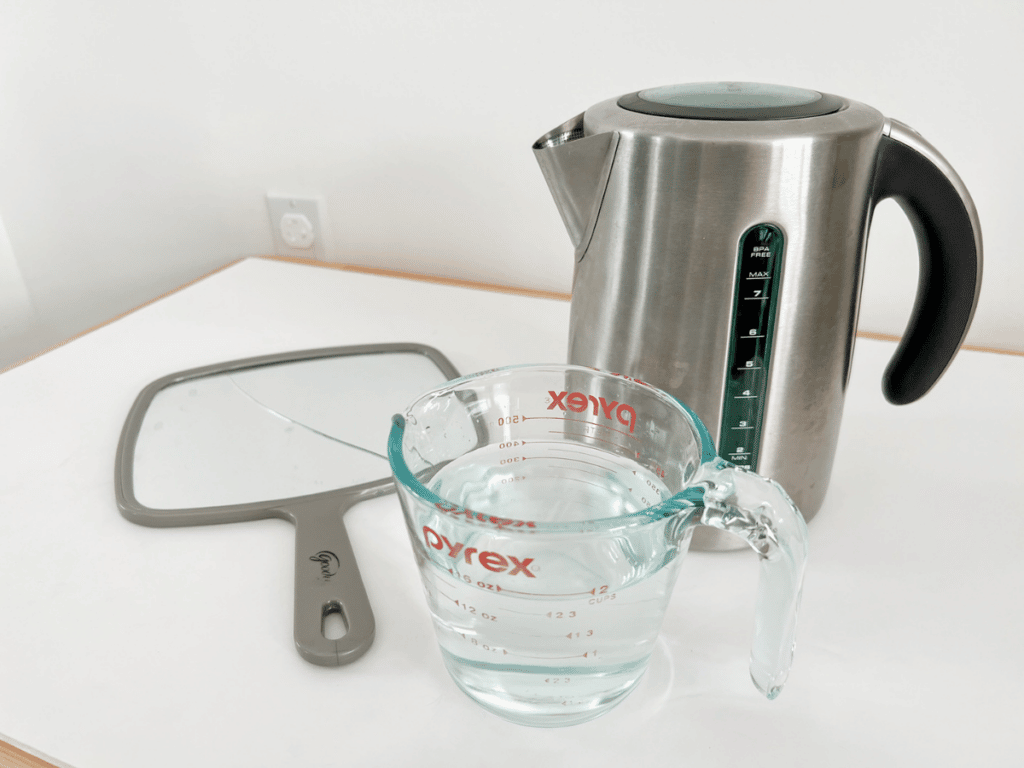
Air and Water Experiment 2: Water Usage
This experiment is great for investigating water usage and pairs perfectly with your air and water in the environment unit. A leaky faucet might seem like it’s not using a lot of water, but this experiment offers a different perspective. During this experiment, I like to discuss the idea of water waste with students and brainstorm ways to save water, such as turning off the faucet when you brush your teeth.
For this experiment, you’ll need access to a sink for this experiment and a cup.
Here are the instructions for this lab –
- Tell students that you’ll be letting the faucet leak for a few minutes into the cup. Ask students to make an estimate of how much water they think will be collected. These guesses can be rough, like half a cup or three centimeters.
- Then, turn the faucet on, so it is slowly leaking (a few drops per minute). Let it run for the designated time frame you set. Make sure the cup is catching the water.
- When the time is up, measure how much water was in the cup and have students compare this to their estimation. You can discuss if it was more or less water than they estimated.
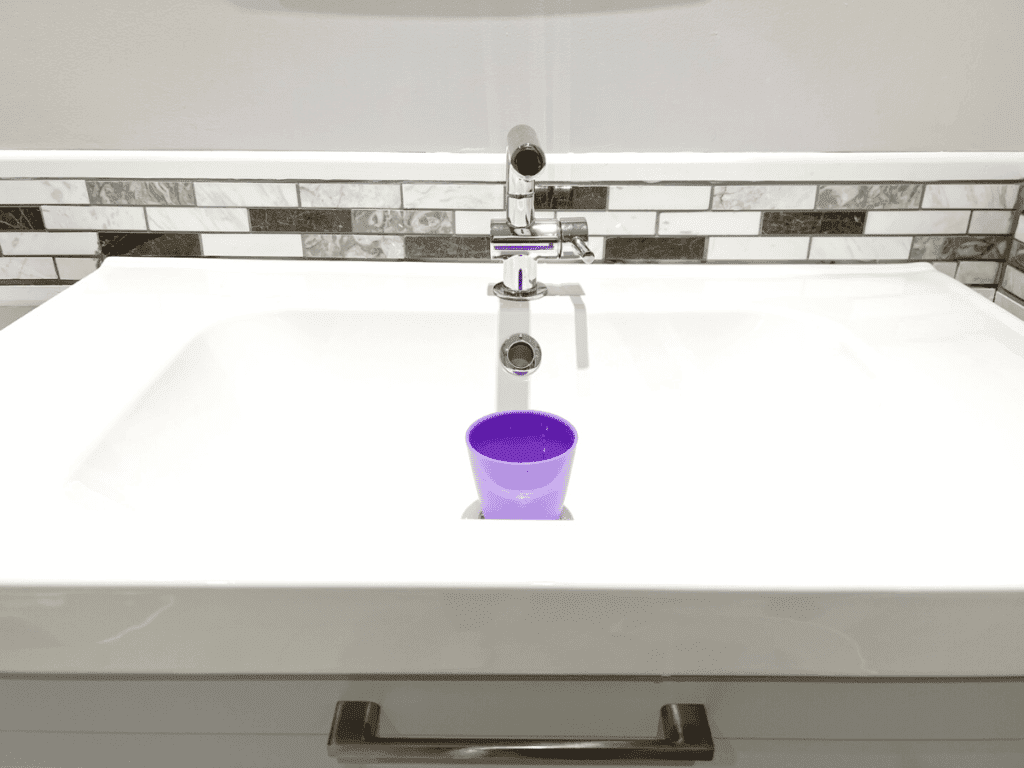
Air and Water Experiment 3: Air Takes Up Space
It’s hard to visually understand that air consumes space since you can’t see it! This experiment serves as a visual representation of this concept during your air and water in the environment unit. For this experiment, you’ll need a bucket with water, paper, and a cup.
Then, follow these steps to complete the experiment –
- Take your piece of paper and crumple it into a ball. Then, stuff the paper into the cup.
- Next, slowly put the cup in the water with the opening of the cup facing down. Submerge the cup all the way to the bottom of the bucket. Ask students what they think will happen when you pull the cup back out.
- Then, slowly remove the cup from the bucket. Show students that the paper inside the cup is dry. Then, discuss how that is possible! Explain how air takes up space in the cup, even when the cup is put in the water!
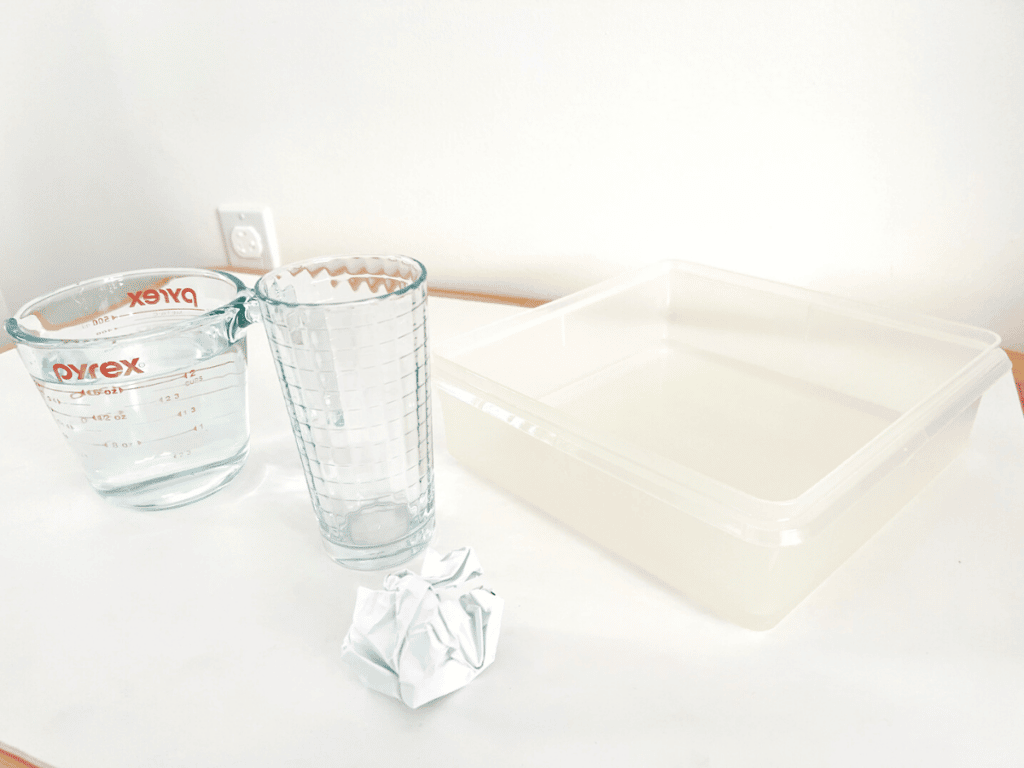
Want More Science Activities for your Air and Water Unit?
The French Air and Water in the Environment Unit will help your students better understand science concepts for Earth and space. Plus, the unit is aligned with the new Ontario Science Curriculum (2022). You’ll find lesson plans, activities, assessments, Google Slides, coding activities, and more inside this resource. Everything you need to plan this unit with ease.
Get the French Air and Water in the Environment Unit
Want to check out the resource listed?
All the links above lead to TPT, but the resources are also available on our website. Here are the resources available here for purchase in CAD. Don’t forget you can also buy credits for an additional discount (up to $15 off).
Want to read about more French science activities and lesson ideas? Check out my science blogs

